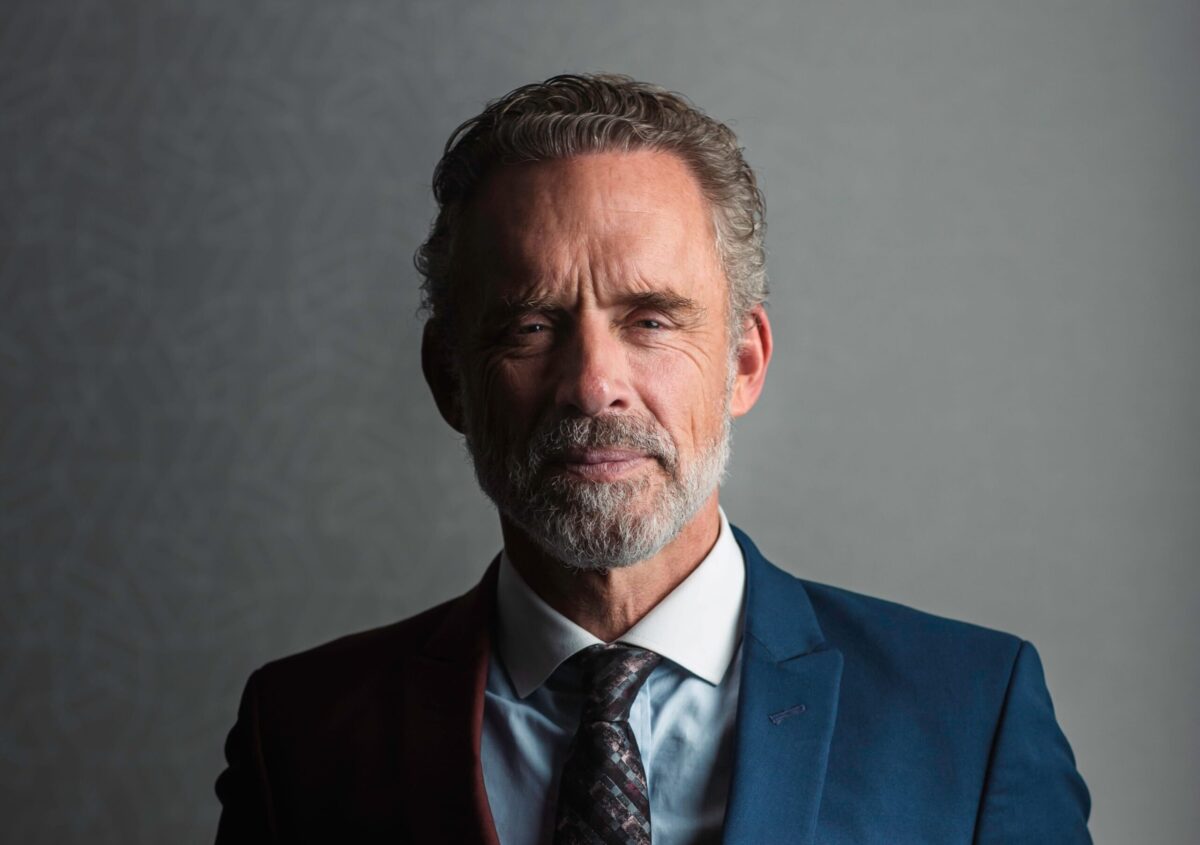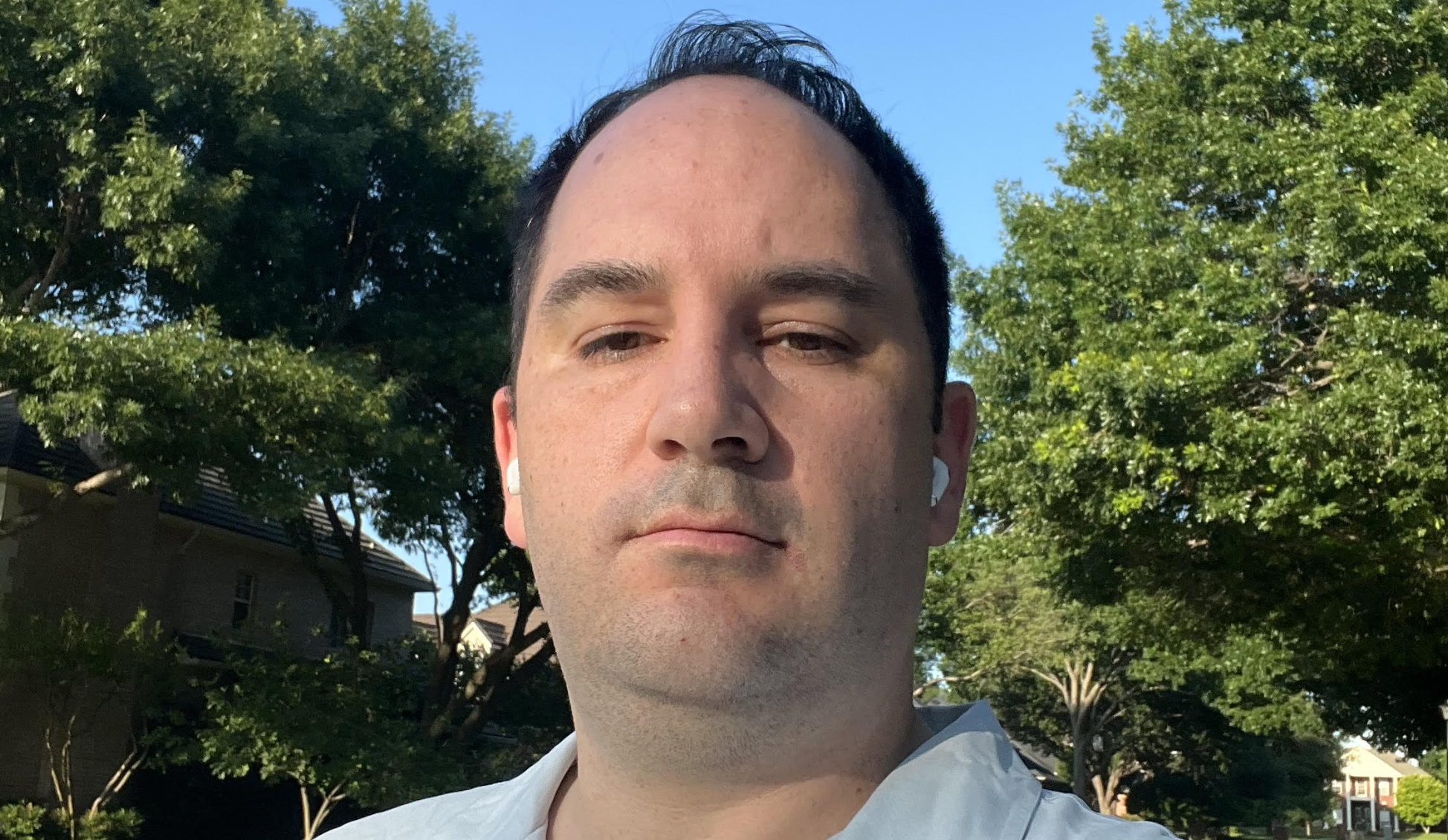Back To His Roots: Peterson Translates Clinical Research Into Practical Steps For Healing In Series
With subdued alacrity, Dr. Jordan B. Peterson closes “The Trap of Catastrophizing,” the second of five episodes of his new series alongside DailyWire+ “Depression & Anxiety,” with thoughts on freedom at the individual level. True to form, Peterson speaks as an existentialist, reasoning that a bounded environment of choice protects against the danger of drowning ...

With subdued alacrity, Dr. Jordan B. Peterson closes “The Trap of Catastrophizing,” the second of five episodes of his new series alongside DailyWire+ “Depression & Anxiety,” with thoughts on freedom at the individual level.
True to form, Peterson speaks as an existentialist, reasoning that a bounded environment of choice protects against the danger of drowning in chaos while, at the same time, creating a reasonable structure with an appropriate level of decision-making capabilities. In other words, the best scenario for any human is one in which you are free to make choices at the level of which you are capable.
The third episode, “Exposure Therapy,” transitions from the topic of negative emotion to that of positive emotion. “We talked about the amelioration of negative emotion. We can also talk about the facilitation of positive emotion,” Peterson begins. Once someone moves toward even the smallest of goals — micro goals which contribute to a person’s life goals at large — any advancement toward accomplishment activates the positive emotion system. The idea is, according to Peterson, that your brain takes note of your productivity and rewards you with a “kick” of positive emotion.
WATCH DR. JORDAN B. PETERSON’S SERIES, “DEPRESSION & ANXIETY,” ON DAILYWIRE+
But as Peterson makes clear, this is more than an idea; it is a fact of neuroscience. Yet it is a fact he does not jargonize to the point of effectively losing his audience. (After all, not many men could tour the world giving philosophical lectures that draw audiences of thousands.) Peterson captivates his viewers, yes, but the reason for such captivation is his defining feature in this series: explaining scientifically accurate information in an understandable manner, a practice he seems to have honed when writing his 2018 book “12 Rules for Life: An Antidote to Chaos.”
Published in 1999, Peterson’s first work, “Maps of Meaning: The Architecture of Belief,” totals 564 pages and ranks in genres of behavioral psychology, medical general psychology, and cognitive psychology. It is a book to be tackled in academic spheres. Almost 20 years later, he authored “12 Rules for Life,” where he outlines precisely 12 practical rules by which to live. Rule six, “Set your house in perfect order before you criticize the world,” is a reminder as to why we may need a reframing of perspective, a strategy Peterson incorporates in “Depression & Anxiety,” by reframing both internalizing disorders with a goal of helping people.
This particular rule comes to mind as Peterson gives an example of a micro goal (emphasis on “micro”) that is capable of reinstating the positive emotion system. “Imagine you make a micro goal and the goal might be: This month I am going to clean up my room. So, the first thing you do is organize your sock drawer,” he offers. After pilfering through 30 pairs of socks, deciding which to trash, and fighting off the compulsion to keep them, progress is made.
Peterson explains the brain’s neurochemical influence, and then — true to his own eighth rule, “Tell the truth—or, at least, don’t lie” — Peterson does not mince words, stating that growth is the best option because “it is either that or stasis or death.” But as straightforward as Peterson’s words are, he meets the viewer where they are, empathically acknowledging that even organizing a sock drawer “is harder than it sounds.”
It is Peterson’s explanation of exposure therapy that cinches this episode’s absolute merit. What does exposure have to do with anxiety? Fear. Exposure therapy is the use of voluntary confrontation with challenges. In an example Peterson shares, a woman who is experiencing an anxiety disorder and barely able to leave her house is additionally petrified of elevators. Through exposure therapy, as described by Peterson, she overcomes her fear — but it is fear at the core of her paralysis.
Though exposure therapy must be engaged carefully, Peterson knows it works “because it’s thinking, and thinking works.” Usually people come to the understanding they are less afraid than they thought, and Peterson further claims, “There’s no difference between exposure therapy and learning.”
Peterson does not simply convey information in this series; he makes it accessible. He does not sit posed as a cavalier therapist; he empathizes with viewers, metaphorically reaching across the table with sincerity.
“You think it’s trivial,” Peterson concludes, adding, “No it’s not. It’s death and humiliation and insufficiency in the face of those things — and you’re practicing overcoming it.”
Originally Published at Daily Wire, World Net Daily, or The Blaze
What's Your Reaction?
















![‘[Bleeping] insanity’: Watch Joe Rogan unload on Biden, Zelensky, and Deep State as fears of World War lll grow](https://www.wnd.com/wp-content/uploads/2024/11/joe-rogan-20241122-jpg.jpg)















































































